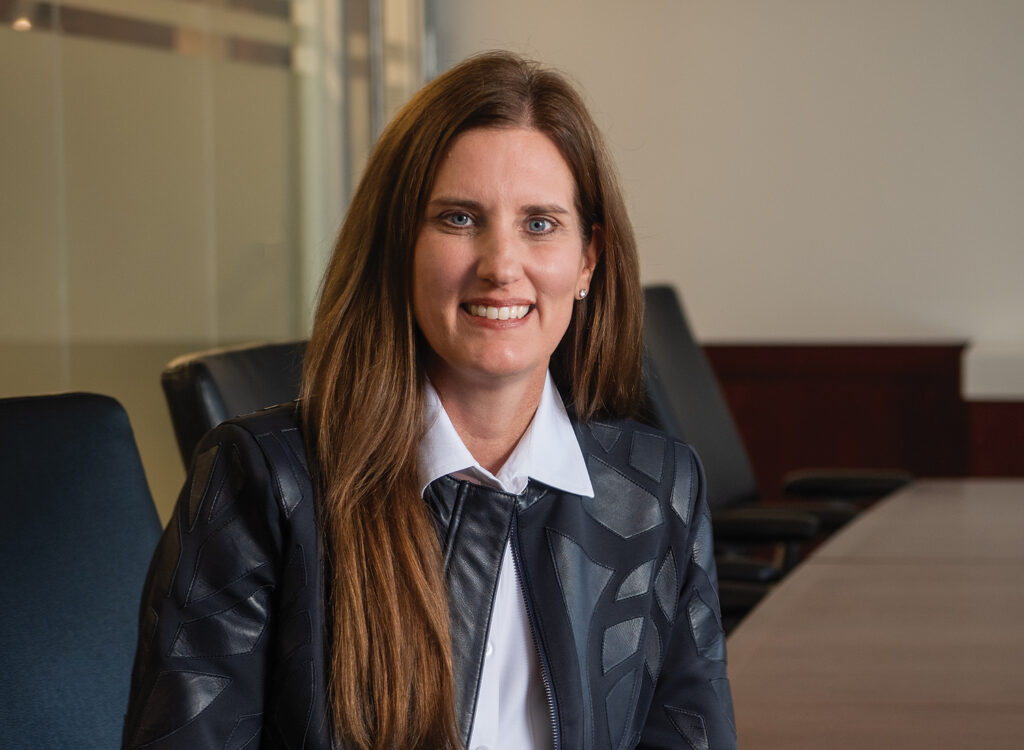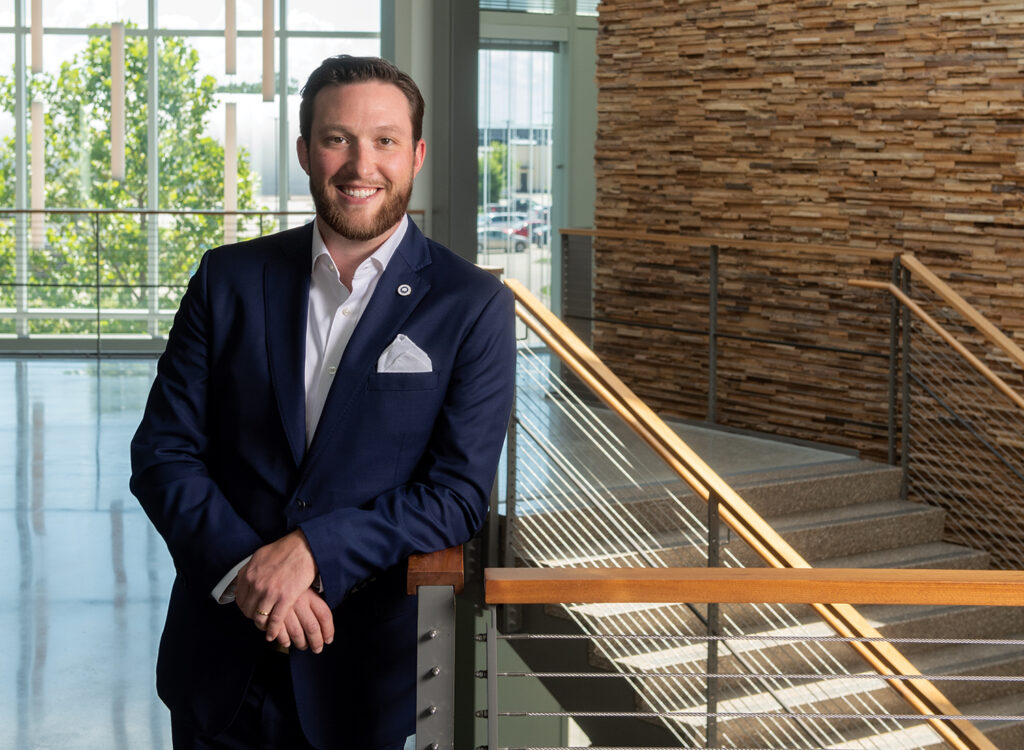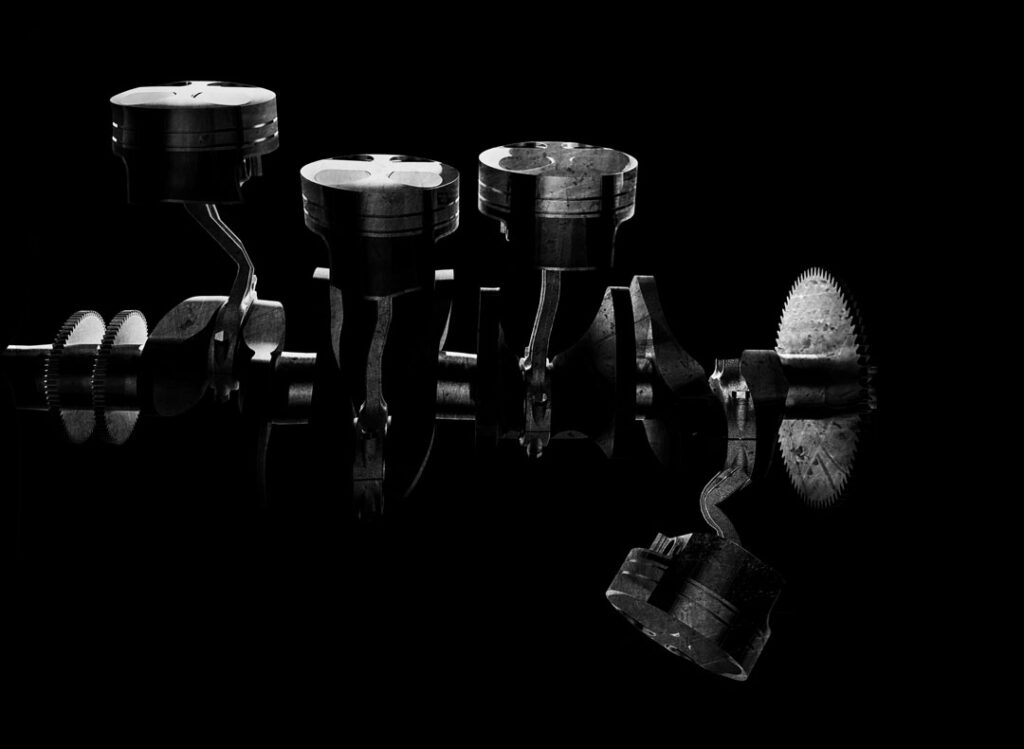NOTEBOOK: Wide traffic lanes are the “cigarettes of our era”

PERRY BEEMAN Nov 11, 2016 | 12:00 pm
2 min read time
500 wordsBusiness Record Insider, The Insider NotebookPretty much everyone in town who likes the idea of making Greater Des Moines a more walkable place largely devoid of one-way streets that encourage speeding and confuse visitors was at a recent meeting launching Connect Des Moines.
Back in town was urban big-thinker Jeff Speck, author of “Walkable City.” Speck mentioned he’s been coming to Des Moines for 15 years preaching the gospel of biking, walking and slower driving, and he now is seeing momentum. He is convinced that many downtown streets could be converted to two-way, two-lane routes, without trimming the 10,000 daily car counts. They would be safer, more friendly to nonmotorists and better for business, he said. But the changes would come with a cost, including $100,000 to $200,000 to change a set of signals.
Some engineers and others push for 12-foot-wide lanes that should be 10, Speck said. The wider lanes are bad for us, he added. “When we found out that cigarettes aren’t good for us, many of us quit. Twelve-foot lanes are the cigarettes of our era,” Speck told a noon crowd at the Central Library on Nov. 2.
On the wall were maps that detailed tough streets to cross — Martin Luther King Parkway was an obvious choice — along with bike routes, walking routes and obstacles.
The city of Des Moines, Urban Land Institute Iowa and the Greater Des Moines Partnership held a couple of kickoff meetings when Speck was in town. They also announced the creation of the connectdowntowndesmoines.com website.
The website offers basic information on the mobility effort, and a cool interactive map (http://bit.ly/2fzRqco) where you can flag problems or make suggestions. The map also allows you to note whether you agree or disagree with each comment.
Already mentioned as issues:
- One person notes that Sixth Avenue at Grand Avenue could use unrestricted street meters and other changes to slow traffic. “This stretch of Sixth has been turned into a four-lane freeway, resulting in dangerous speed of traffic and many close calls with people walking.”
Someone suggested a protected bike lane on Sixth Avenue from DART Central Station to Interstate Highway 235. Another commenter suggested a protected lane through downtown on Grand Avenue.
- Someone suggested a protected bike lane on Sixth Avenue from DART Central Station to Interstate Highway 235. Another commenter suggested a protected lane through downtown on Grand Avenue.
- Apparently not everyone is thrilled with the sense of activity that comes with driving vehicles in a circle through downtown, ’50s-style. “Scooping the loop is the opposite of everything you’re trying to do. Makes it dangerous, uninviting, and difficult for businesses with outdoor seating.”
- “Establish a minimum grid of protected bike lanes downtown. We need to expand low stress bikeways beyond trails and actually connect to places people want to go.”
- Obstacles are here and there, such as a planter that threatens the heads of people getting on buses near the Marriott and a utility box that shields motorists’ view of bicyclists near the Polk County Courthouse.








